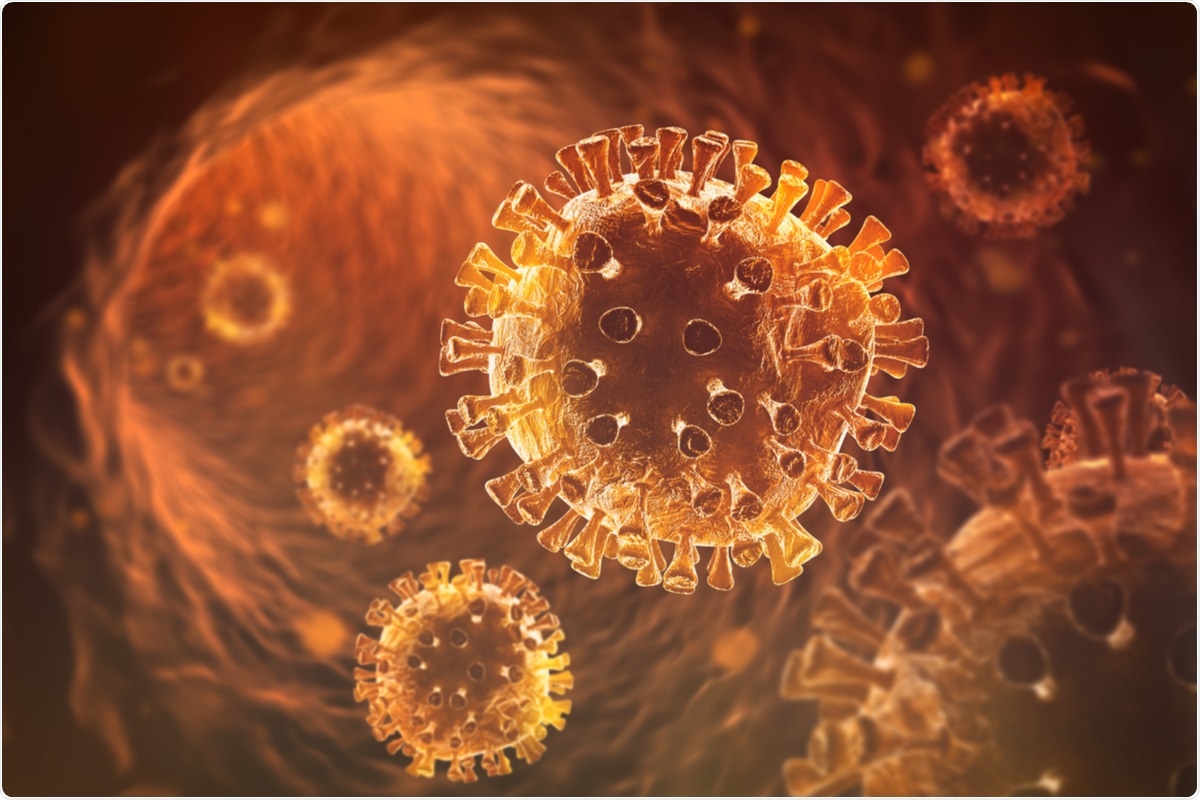A team of engineers at the University of Colorado Boulder and Sandia National Laboratories has developed a new design for padding that could greatly enhance impact resistance. The researchers have created a technology that can be 3D printed on commercially available printers, potentially making it accessible for use in a wide range of applications, including football pads, bike helmets, and shipping crates.
The team’s findings were published in the January edition of the journal Advanced Materials Technologies. According to Robert MacCurdy, the corresponding author of the study and an assistant professor in the Paul M. Rady Department of Mechanical Engineering at CU Boulder, impact mitigation is an essential aspect in various industries, from sports equipment to packaging.
The research focuses on an everyday material that often goes unnoticed – foams. These squishy materials, often found in packing peanuts or stress balls, are known for their ability to absorb blows. However, they have a significant drawback: when squeezed with enough force, they compress into a rigid mass.
The researchers sought to overcome this limitation by applying computer algorithms to redesign the interior structure of cushioning materials. The modified material buckles under force, but only in a specific pattern. When tested in the lab, the redesigned padding demonstrated the ability to absorb up to 25% more force than existing technologies.
MacCurdy explained that while the material alone is important for impact absorption, the true key lies in the geometry. The team analyzed the internal structure of foam and discovered that the empty spaces within create the spring-like characteristic of foams. When those spaces close up upon compression, they absorb energy.
To improve on this basic design, some engineers have created padding out of a network of towers or plate lattices resembling honeycombs. When subjected to impact, these honeycombs collapse in a wave-like pattern, enabling more efficient force absorption. However, the team aimed to develop a more versatile cushion that can absorb various types of forces effectively.
MacCurdy emphasized the importance of creating a geometry that performs well under all impact scenarios. Whether it’s a low-speed crash on a bike or a high-speed impact in football, the engineers wanted their padding to excel in all circumstances. To achieve this, the team rearranged the interior structure, making micro-scale adjustments of a millimeter or less.
Using custom software, the engineers designed a network of honeycombs with added kinks, similar to the bellows in an accordion. These kinks guide the honeycombs as they collapse during an impact, resulting in a smoother collapse and improved force absorption.
The potential applications of this innovative padding technology are extensive. It could enhance the safety of athletes by providing more effective impact protection in football pads and bike helmets. Additionally, it could improve the safety of fragile objects during shipping by providing superior cushioning against impacts and vibrations.
As this technology can be 3D printed, it has the potential to become more accessible and cost-effective for widespread adoption in various industries. The team’s innovative approach to padding design has the potential to revolutionize safety equipment, making it safer and more efficient in protecting against the bumps and impacts of everyday life.
*Note:
1. Source: Coherent Market Insights, Public sources, Desk research
2. We have leveraged AI tools to mine information and compile it




